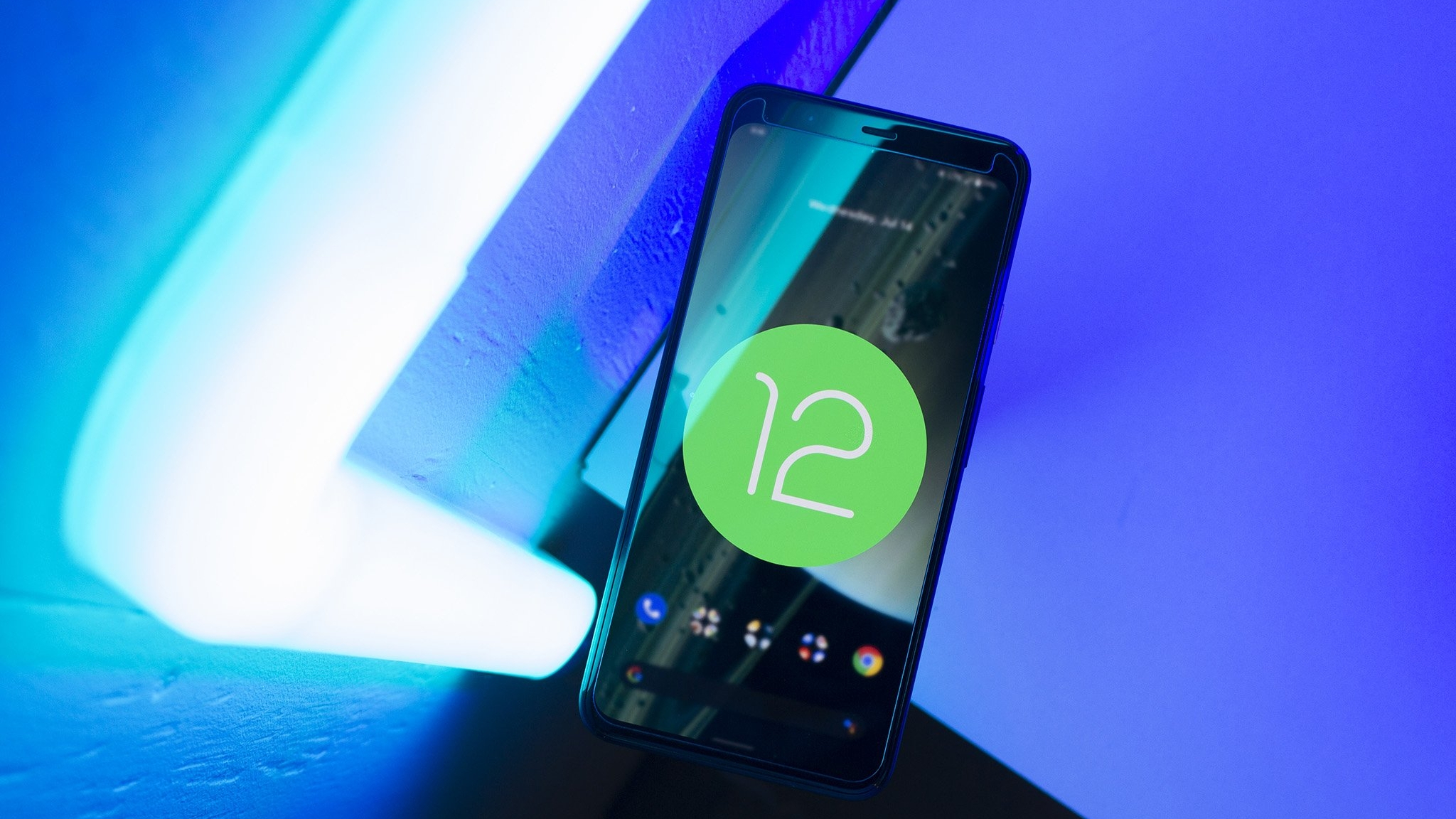Everyone goes through a lot of "firsts" in their life. You have your first day of school, first time riding a bike, first kiss, your first job, etc. These momentous occasions often stick with us as the years go on, and in some cases, can help shape us into the person we ultimately turn out to be.
For some of us, there's another first that we look back at fondly — our first Android phone. Call it cheesy or nerdy if you wish, but as someone that's had a love and passion for the platform for over a decade, reminiscing about the initial device that started it all fills me with a warm feeling of nostalgia. We've been revisiting a lot of old Android devices and software versions lately on AC, and as such, I figured now would be as good a time as any to dig out my first Android phone and see how it holds up through 2020 eyes.
My first Android phone was the Samsung Galaxy S Fascinate, and I distinctly remember the day my dad and I went to the Verizon store shopping for new phones. We were deciding between it and the Motorola Droid 2, and we ultimately went with the Galaxy S because of how good its Super AMOLED display looked compared to the Droid. I used the phone for quite a few years, and thankfully made the wise decision to hold onto it all this time later as a little techno keepsake.
It's been a long time since I last powered on the phone, and the instant I did, the old-school Samsung startup sound brought me right back to my childhood. Then I started hearing all of the bloops when touching literally anything on the screen, and I quickly remembered just how far we've come in such a short period of time 😛.
Hardware
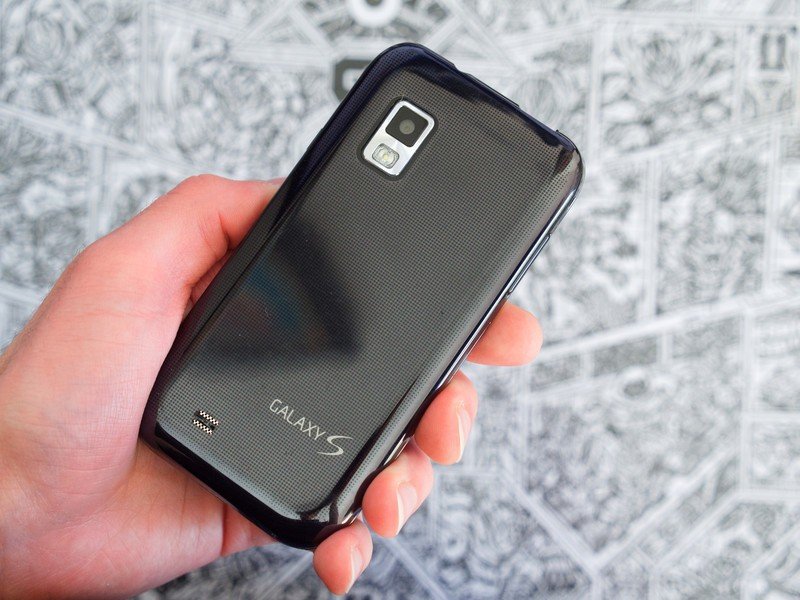
Let's start first with the Galaxy S Fascinate's hardware. The phone is made entirely out of plastic and is absolutely puny by today's standards. A 4-inch display was seen as the norm back in 2009, but in 2020, it makes the Fascinate look and feel like a toy. As mentioned above, the 4-inch screen is a Super AMOLED panel and comes with a crisp resolution of 800 x 480.
You can pretty easily make our individual pixels and the screen doesn't get super bright, but outside of that nitpicking, it's pretty impressive how good it still looks. Samsung's first Galaxy S phones stood out for their AMOLED displays when so much of the market was still using LCD, and that ability to make unmatched screens is still one of the company's greatest strengths.
Below the display are four capacitive navigation buttons, giving you shortcuts for Home, Back, Menu, and Search. In my opinion, this is probably one of the biggest shifts Android has taken over the years.
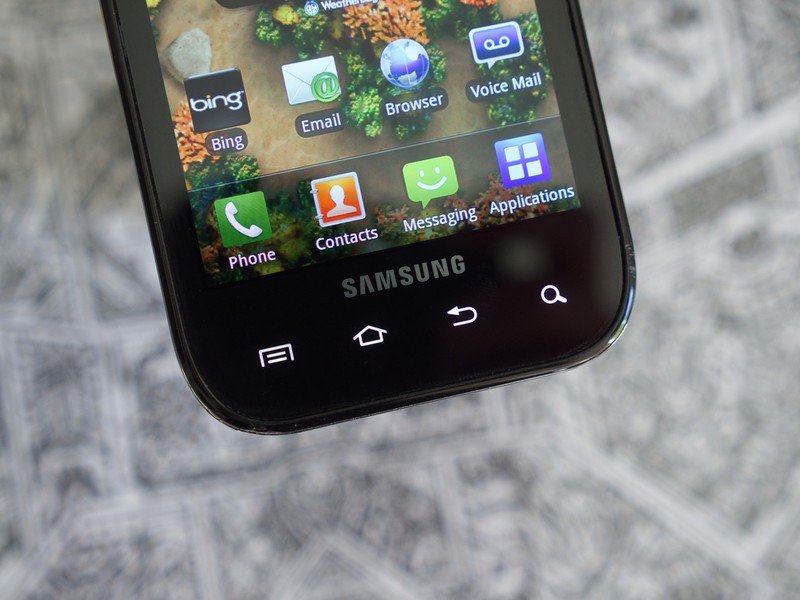
The Home and Back buttons are very familiar to me, and like I mentioned in my Moto X article, they still work incredibly well even as my brain's gotten used to gesture navigation. The Search and Menu buttons died off with the release of Android 4.0 Ice Cream Sandwich in 2011, and I have mixed feelings about them. Having a persistent shortcut for opening the search app is pretty handy, but where most Android phones would use this to open Google, Verizon buddied up with Microsoft to have the Fascinate's button open up Bing. Lackluster search engine aside, there was value in being able to search something on the internet no matter what you were doing on your phone.
As for the Menu button, I'm perfectly happy it was killed when it was. In Android apps today, you can access every feature and all the settings for it by tapping different icons/buttons within the app itself. In the days of Android 2.1 through 2.3, a lot of these things were hidden behind the Menu button. Tap the button while on your home screen, you get access to your wallpaper, system settings, and more. Tap it in the Messaging app, and you'll get shortcuts for starting a new message, searching your messages, or opening the app settings. Some apps used the button, others didn't, and it ended up being a confusing mess of knowing when you could press it and what it would give you access to.
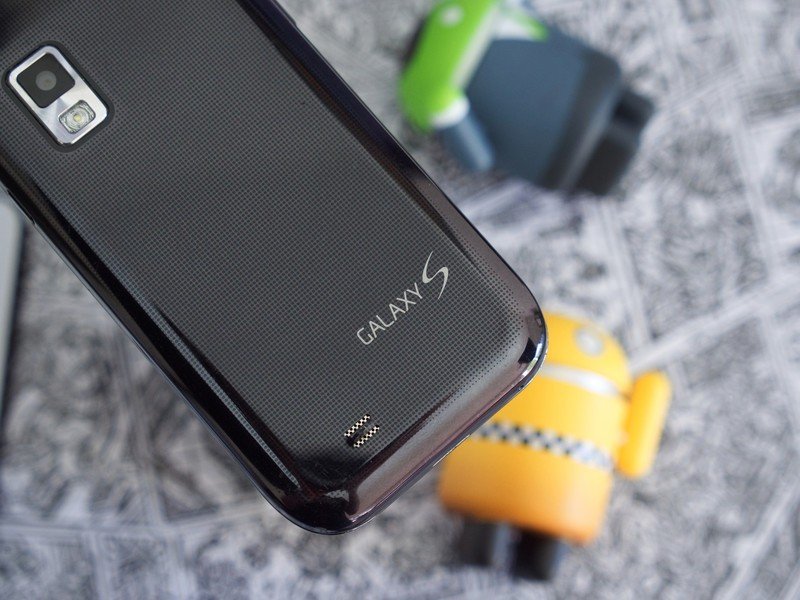
Other parts of the Galaxy S Fascinate's design also elude to the era it was released in. There's a Micro-USB charging port that can be hidden with a flimsy plastic cover, a 3.5mm headphone jack, no selfie camera, a single rear camera, and a removable backplate that gives you access to the user-replaceable 1,500 mAh battery. In a world where phones now ship with batteries as large as 5,000 mAh, it's funny to look back at a battery so small and think about how we praised it for good endurance.
Outside of the display and battery, just about every spec found on the Galaxy S Fascinate looks kind of silly given all the advancements we've made. There's a single-core 1.0Ghz Cortex A8 processor, 384MB of RAM, and 2GB of storage. As hard as it is to believe, these were seen as top-of-the-line components.
Just like with its display, the Galaxy S Fascinate surprised me with how well it still performs. Animations are jittery and it doesn't handle modern websites all that well, but it does a perfectly fine job of opening apps, scrolling through home pages, and navigating the various settings menus. It's hard to do much else given that I'm unable to sign into my Google account, but the stuff that is present on the phone works well considering its age.
Software
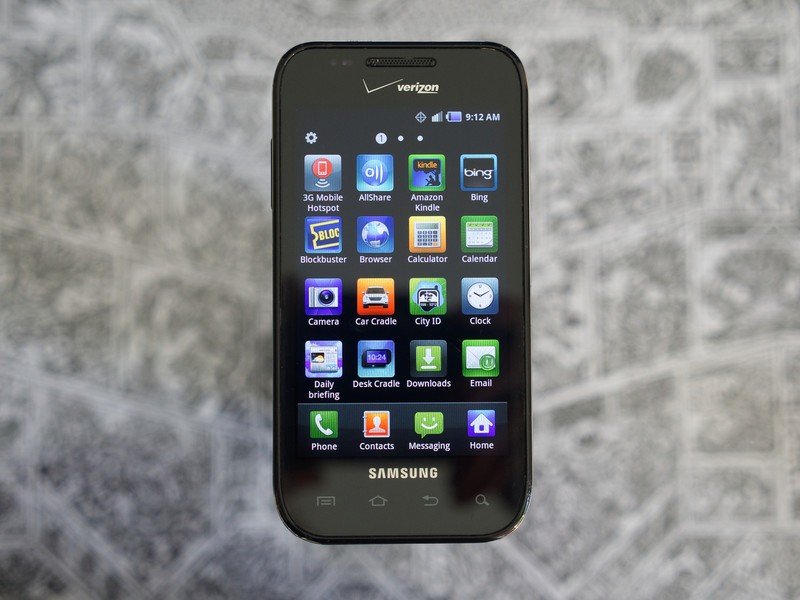
Samsung shipped the Galaxy S Fascinate with Android 2.1 Eclair and upgraded it all the way to Android 2.3.5 Gingerbread. That's the version I have on my unit, and it's quite the throwback compared to Android 11 running on my Pixel 4 XL.
To put things kindly, Android 2.3 was rough. Multitasking didn't exist, you couldn't control app permissions at all, there wasn't a brightness slider in Quick Settings, and you couldn't interact with notifications from the notification shade the way you can today. There is some charm to be found, such as Samsung's custom lock screen that saw you fitting a puzzle piece to unlock the phone, but it's mostly a bunch of rough edges and missing features that Google would go on to patch up over the years.
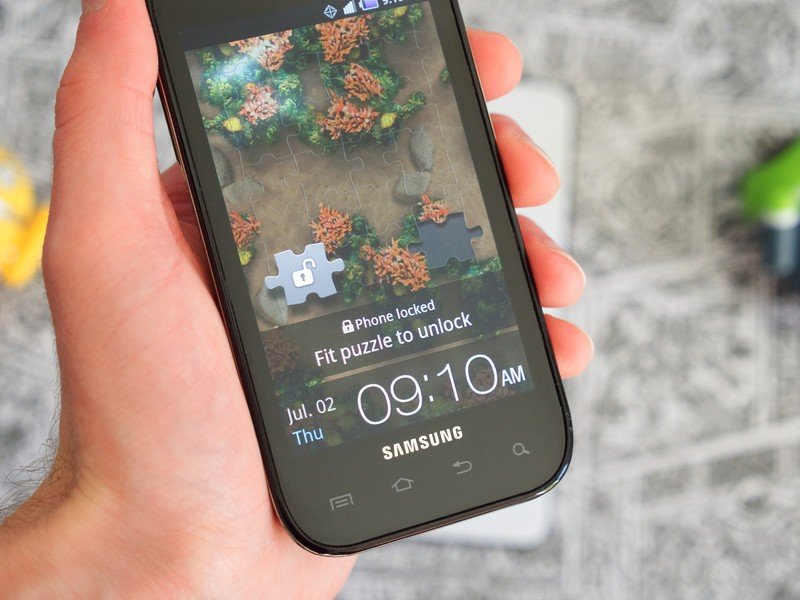
Seeing as how this is a Samsung phone, that also means we're dealing with TouchWiz. Samsung continues to heavily customize Android with One UI on phones like the Galaxy S20 and A51, but it feels mature and well-thought-out. TouchWiz, on the other hand, was like a cartoon-ified version of stock Android and radically changed a lot of the user interface elements. TouchWiz didn't get really bad until the days of the Galaxy S4 and S5, but its influence on the Galaxy S Fascinate is still something to behold.
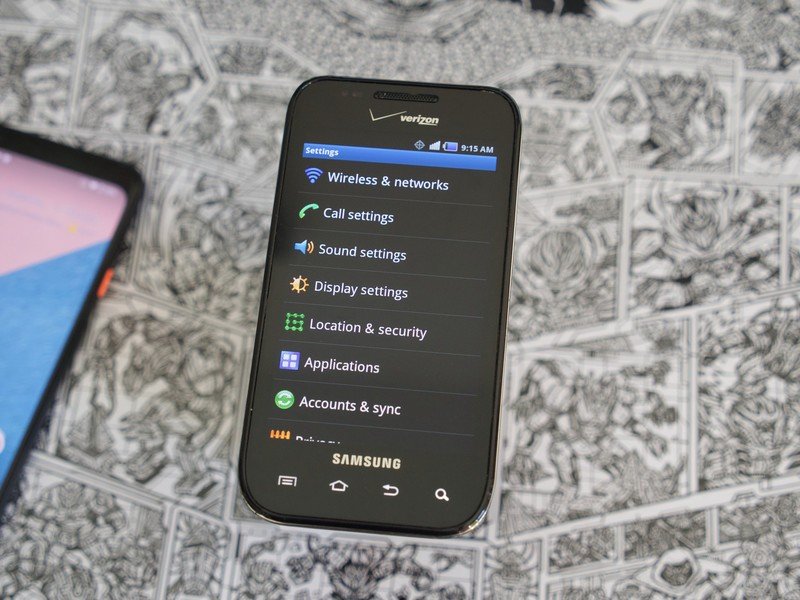
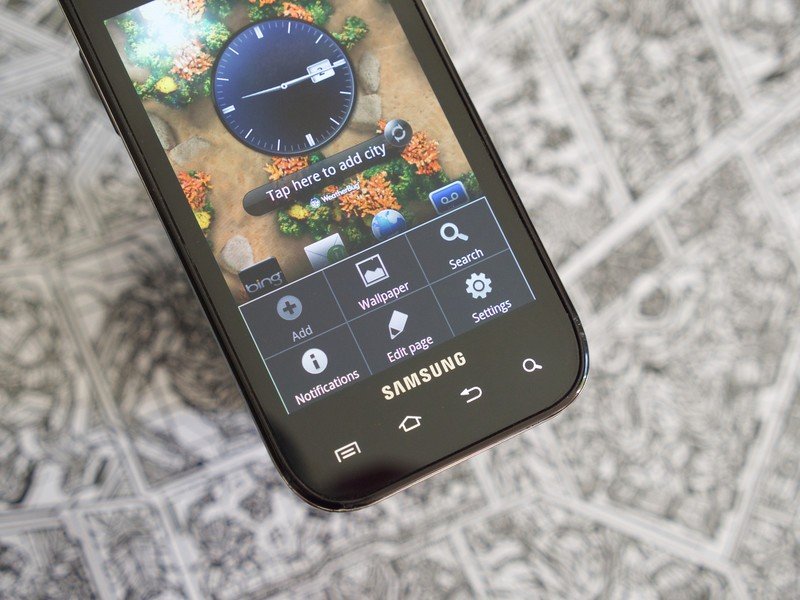
Source: Joe Maring / Android Central
If anything, revisiting Android 2.3 gives me a much greater appreciation for Android in its current form. There are so many limitations to it on the S Fascinate that I have to actively think about how to do certain things, whereas everything just works the way I expect it to with the Android 11 beta on my Pixel 4. Android was still very much in its infancy during the Gingerbread era, offering no real visual identity and lacking a lot of features we've come to expect in 2020.
Like Jerry said in his editorial, Google no longer needs to reinvent the wheel every single year. Android is at the point where it doesn't need a yearly revolution, just minor tweaks and changes here and there. It might seem boring compared to the jumps we made from Gingerbread to Ice Cream Sandwich and KitKat to Lollipop, but that's because all the hard work has already been done. There was plenty of work left to do when the Galaxy S Fascinate was around, and that's instantly apparent in just about every aspect of its software.
We've come a long way
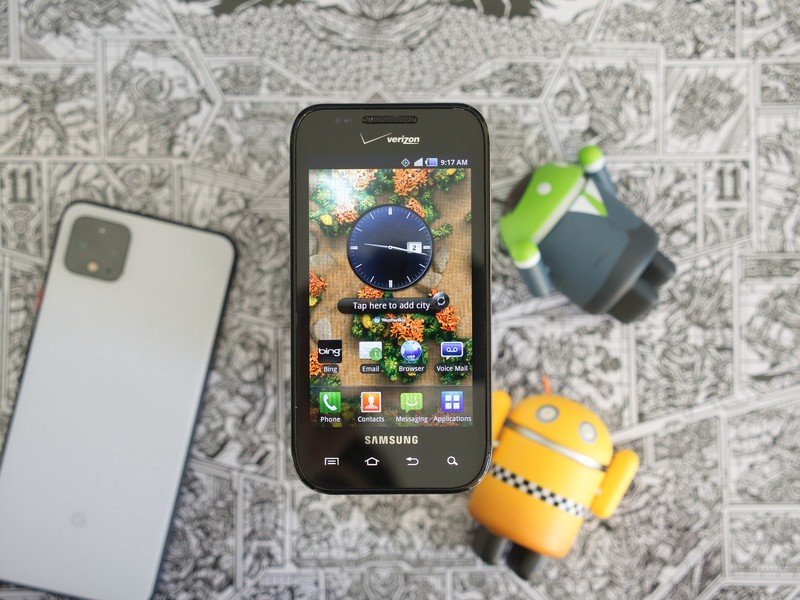
I had a lot of fun revisiting the Galaxy S Fascinate. It's no longer a viable choice as a phone you can use as a daily driver, but as a small piece of history, it's excellent. Using the phone is like stepping back in time to when the mobile tech industry was in its infancy and with plenty of milestones yet to achieve, and it gave me a great appreciation for just how far we've come in a very short amount of time.
Android phones we have today are downright amazing compared to 2009 ones, and the fact that we're now calling devices like the S20 and OnePlus 8 "boring" is further proof that we've been treated to years and years of excellent gadgets.
Now, I want to hear from you! What was your first Android phone? Do you have fond memories with it? Do you still have it? Sound off in the comments below, and let's get all nostalgia-filled together.
The Moto X was one of the best Android phones — it's time to bring it back
Joe Maring was a Senior Editor for Android Central between 2017 and 2021. You can reach him on Twitter at @JoeMaring1.


